The much-awaited period drama series Shōgun, presented by FX, transports us into the era of medieval Japan. In this period, the samurai were the power bearers, and choosing death over disgrace was a common practice.
Positioned against a backdrop of political scheming and power contests, the story of Shōgun takes off with an Englishman named John Blackthorne (essayed by Cosmo Jarvis).
Is Shogun based on a true story? How historically accurate is Shōgun?
Shōgun” is a fictional take on the early seventeenth-century power struggle. While the Shōgun series is not a retelling of real events, actual historical figures loosely inspire its central characters, and the more significant plot points are based on real events from Japanese history.
The show is derived from the novel of the same name by author James Clavell, which drew inspiration from English navigators like William Adams and an actual Japanese Lord, Tokugawa Ieyasu. Adams is the basis for John Blackthorne (Cosmo Jarvis), and Ieyasu for Lord Yoshii Toranaga (Hiroyuki Sanada).
Though the precise way the story of Shōgun plays out is dripping in dramatic license, the broader plot points are based on actual episodes from Japanese history, says Frederick Cryns.
Cryns is the historical consultant for FX’s Shōgun TV series – and he was speaking on a soon-to-be-released episode of the HistoryExtra podcast.
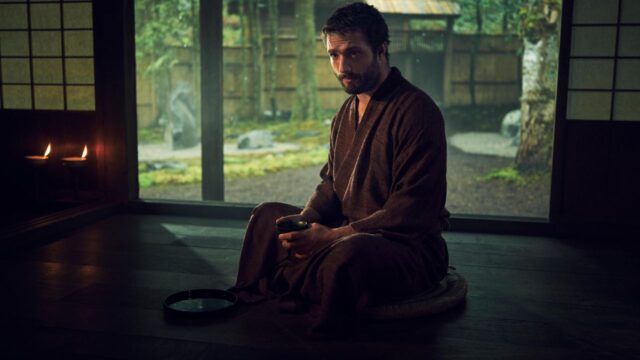
“You have the story of Tokugawa Ieyasu, and he stands just before the battle of Sekigahara, which will be fought half a year after Adams arrives in Japan.”
“You have the story of William Adams, who becomes a hatamoto, which is a direct retainer of Ieyasu.”
Indeed, Cryns, who possesses in-depth knowledge of both Adams and Ieyasu, unveils that the interactions of Blackthorne, Toranaga, and Mariko portrayed on the big screen aren’t accurate.
There are scenes in Shōgun in which Toranaga interrogates Blackthorne,” he says. “The real Adams recorded what Ieyasu asked him and what he answered, and we have incorporated that into the show. That is very historically accurate.
“But what happens afterward, William Adams was not part of. He was sent to Uraga, which is a small harbor near Edo [now Tokyo], and he was sitting there idle while all the political intrigues in the show unfolded.”
When do the events in Shōgun unfold?
The story of FX’s Shōgun unfolds at the dawn of the 17th century, right after the culmination of the Sengoku phase, or the Time of Warring States, spanning from 1477 to 1600.
Within this period, the dominance of shoguns, who’d assumed the authentic governorship of the nation in place of the Emperor, was diluted.
Territorial magnates, chiefly the patriarchs of the mightiest clans, started to exercise significant sway in their respective territories, consequently casting themselves as the implicit governors surpassing shoguns.
During this chaotic phase, countless battles erupted, contributing to a century of tumult and strife that marked one of Japan’s bloodiest eras.
The daimyo, the heads of their respective powerful families – began to replace the shoguns as the proper authority. Yet consistent clan rivalries emerged as a repercussion of this decentralized rule.
Although samurais had significant involvement in these disputes, they weren’t the lone warriors in the Sengoku wars. Ordinary farmers were drafted as infantrymen, or ashigaru, substantially enlarging the magnitude of these confrontations.
In Shōgun, the consequences of the Sengoku period are still felt despite the relative stability brought by the Taikō.
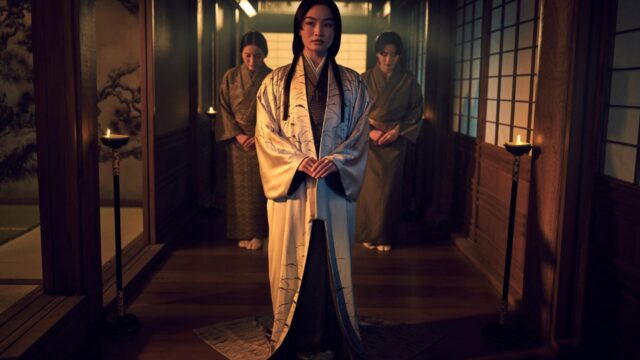
When questioned whether he would like to be the only regent, as in a new shogun that would rise after the Taikō’s death, Shōgun’s Lord Toranaga claims that the last true Shogun had died years ago.
This line highlights that when FX’s Shōgun begins, the true power lies with the local lords. Following the death of the Taikō, four of the five Regents believed Toranaga was accumulating too much power, putting the other lords on alert.
What was the Black Ship?
When Blackthorne arrives in Japan, the Portuguese not only despise him as a man of a different faith, but they are concerned he will disrupt their trade monopoly, which in the show is represented by the ‘Black Ship,’ which brings wares to Japan annually.
There was a Portuguese Black Ship in natural history, too.
During the Sengoku period, China banned Japanese ships from coming to China and banned its merchants from sailing to Japan.
But Japan still had to find a way to import Chinese silk, which was what all kosodes (now known as kimonos) worn by the samurai were made of.
“The Portuguese had a base in China, and every year a large ship came to Japan that held one year’s worth of all the imports Japan needed,” says Cryns.
“They had a virtual monopoly on the import of Chinese goods and another monopoly that was the import of Western weapons.”
Though the typical image of samurai is of swordsmen, at this time in history, most battles were fought with matchlock guns from Portugal (as did the lead for the bullets).
This was the trade that the Portuguese feared that Blackthorne and, in natural history, Adams would disrupt.
About Shōgun
Shōgun is an upcoming American historical drama television limited series based on the 1975 novel of the same name by James Clavell. The novel was previously adapted into a 1980 television miniseries.
The series is set to premiere with its first two episodes on February 27, 2024, on Hulu and FX, with new episodes of the 10-episode series then releasing weekly.
Shōgun follows “the collision of two ambitious men from different worlds and a mysterious female samurai; John Blackthorne, a risk-taking English sailor who ends up shipwrecked in Japan, a land whose unfamiliar culture will ultimately redefine him; Lord Toranaga, a shrewd, powerful daimyo, at odds with his own dangerous, political rivals; and Lady Mariko, a woman with invaluable skills but dishonorable family ties, who must prove her value and allegiance”.
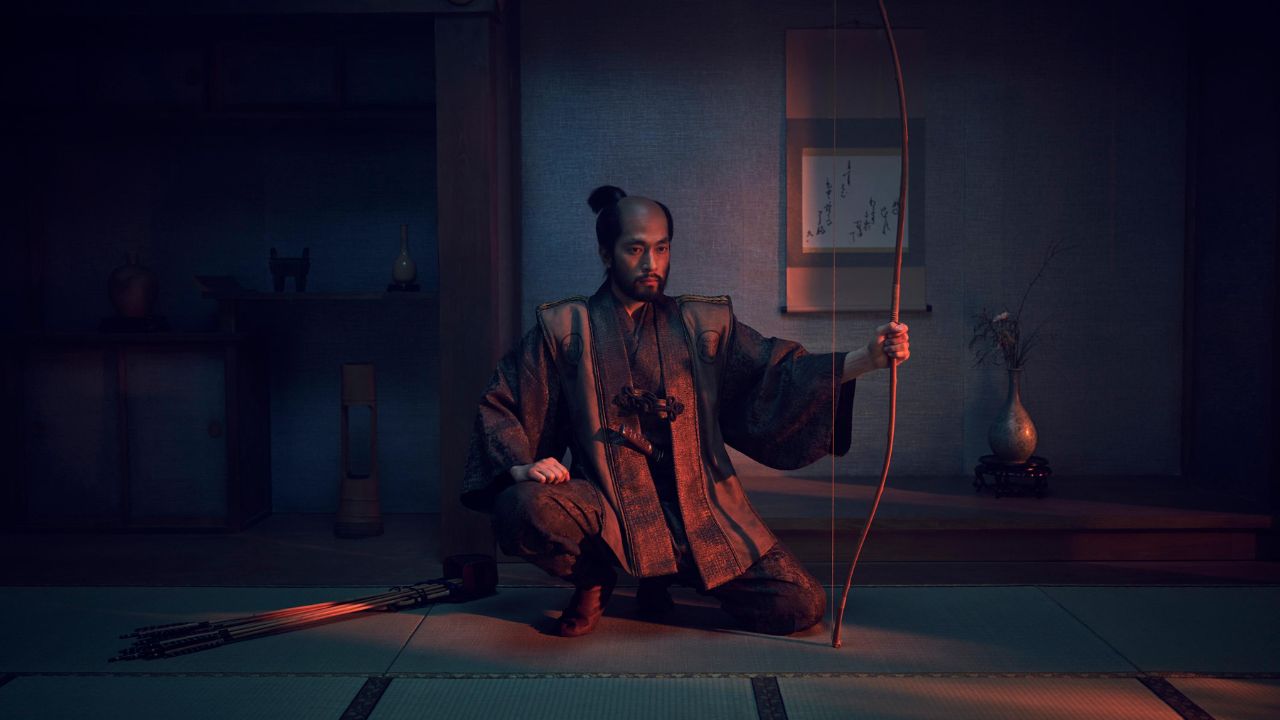
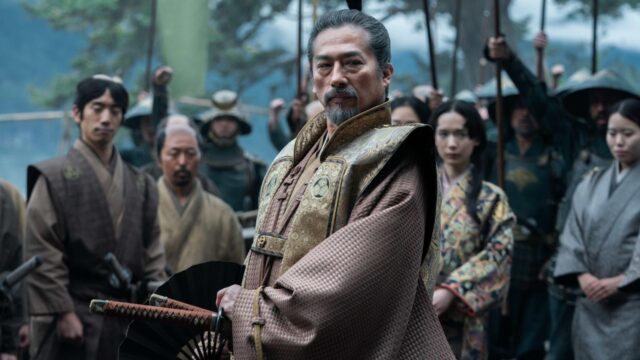
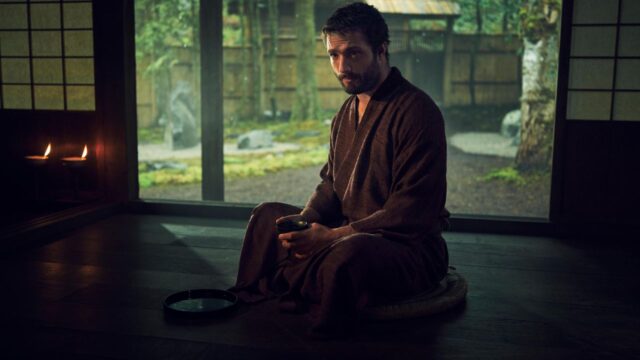
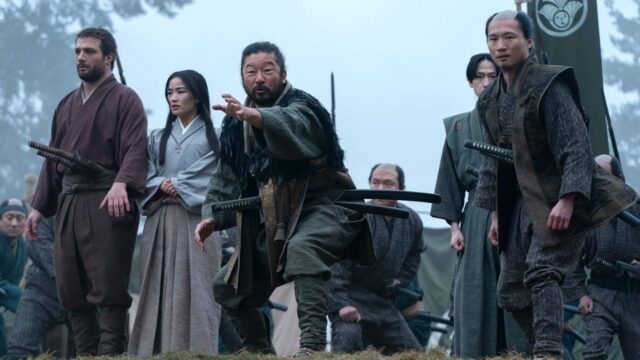
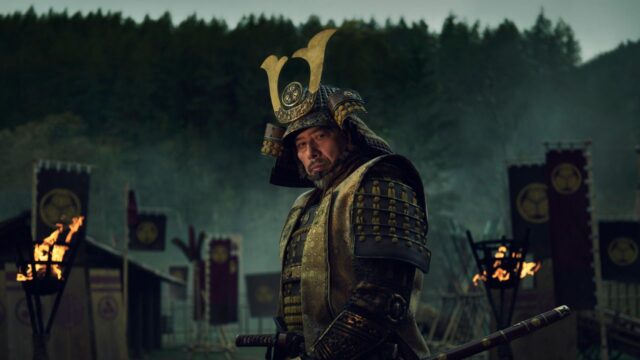
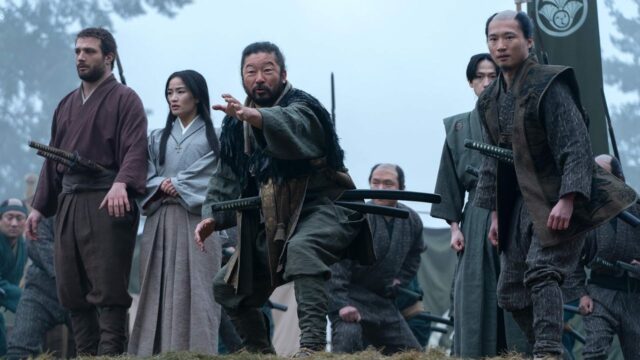
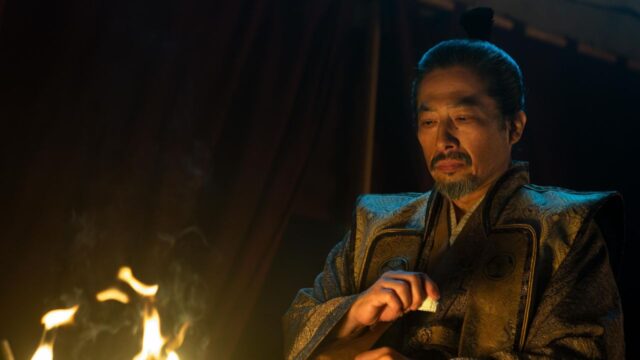
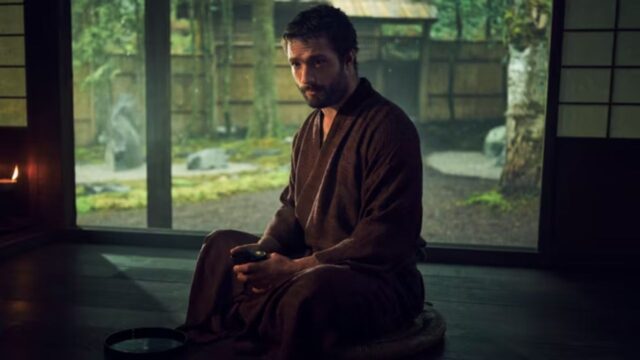
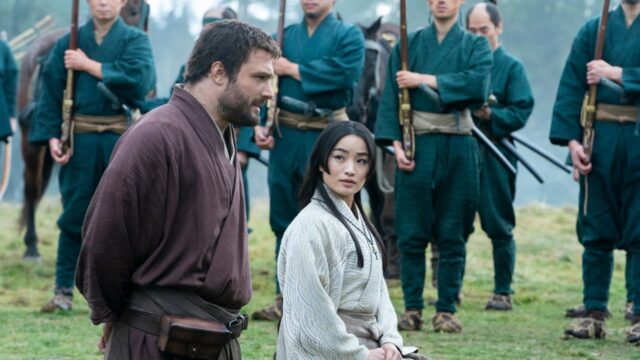
No Comments on Shogun’s Historical Connections and Time Periods Explained